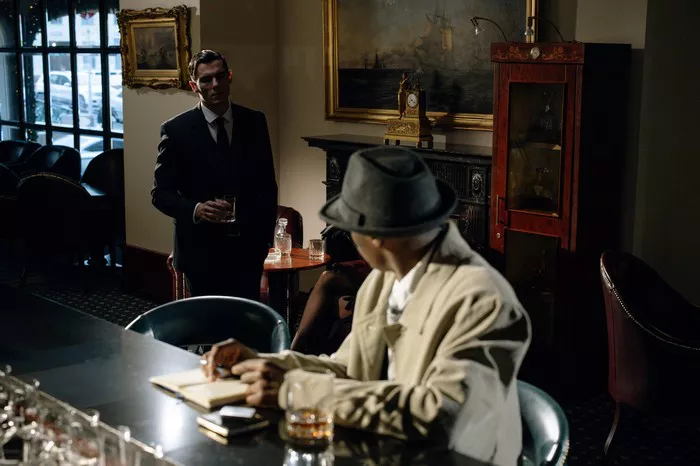Irish whiskey, often simply referred to as “Irish whiskey,” is a beverage with a rich history and a distinctive character. It has gained recognition and admiration from whiskey enthusiasts worldwide for its unique production methods and exceptional flavors. In this article, we will delve into the fascinating world of Irish whiskey, exploring its origins, production process, key characteristics, popular brands, and how to enjoy it responsibly.
1. A Glimpse into Irish Whiskey’s Origins
The Ancient Beginnings: Irish whiskey traces its roots back to the 6th century when monks brought the art of distillation to Ireland. They were the first to produce what we now recognize as whiskey, using it for medicinal purposes and later, for enjoyment.
Legalization and Growth: By the late 18th century, the Irish government began regulating whiskey production, leading to a surge in quality and the establishment of reputable distilleries. This laid the foundation for the industry’s growth.
Challenges and Revival: The 20th century brought challenges such as prohibition and economic struggles, which significantly impacted Irish whiskey production. However, a revival in the late 20th century and early 21st century has led to a resurgence in popularity.
2. The Distinctive Production Process of Irish Whiskey
Triple Distillation: One of the hallmark features of Irish whiskey is its triple distillation process. Unlike Scotch whisky, which is typically distilled twice, Irish whiskey undergoes a third distillation, resulting in a smoother and lighter spirit.
Barley Dominance: Irish whiskey is primarily made from malted or unmalted barley, giving it a distinct flavor profile compared to other types of whiskey.
Pot Still vs. Single Malt: Irish whiskey can be further divided into pot still and single malt varieties. Pot still whiskey is made from a mix of malted and unmalted barley, while single malt whiskey is made entirely from malted barley. Both offer unique tasting experiences.
3. Key Characteristics of Irish Whiskey
Smoothness: Irish whiskey is renowned for its smooth and approachable taste. The triple distillation and use of barley contribute to this characteristic.
Fruity and Floral Notes: Many Irish whiskeys are known for their fruity and floral aromas and flavors, which can include hints of apple, pear, and honey.
Light and Palate-Friendly: The light and gentle nature of Irish whiskey makes it an ideal choice for both newcomers to whiskey and those seeking a milder alternative to more robust spirits.
4. Popular Brands and Their Offerings
Jameson: Perhaps the most famous Irish whiskey brand globally, Jameson offers a wide range of expressions, including their classic Jameson Original and more aged options like Jameson Black Barrel.
Bushmills: Another iconic brand, Bushmills is known for its smooth and versatile whiskeys. The Bushmills Original is a staple for many enthusiasts.
Redbreast: A standout in the pot still category, Redbreast offers rich, complex flavors in its range, with the Redbreast 12-Year-Old being a standout example.
5. Enjoying Irish Whiskey Responsibly
Neat or On the Rocks: Irish whiskey can be savored neat or on the rocks, allowing you to fully appreciate its flavors. Adding a drop of water can sometimes open up new layers of complexity.
Cocktail Creations: Many classic cocktails, such as the Irish Coffee and Whiskey Sour, feature Irish whiskey as a key ingredient. Experimenting with cocktails can be a delightful way to enjoy it.
Responsible Consumption: As with any alcoholic beverage, it’s crucial to consume Irish whiskey responsibly. Always be mindful of your alcohol intake and never drink and drive.
Conclusion: Savoring the Magic of Irish Whiskey
In conclusion, Irish whiskey is more than just a spirit; it’s a journey through time, tradition, and taste. From its humble beginnings with monks to its worldwide recognition today, Irish whiskey continues to captivate enthusiasts with its smoothness and unique character.


